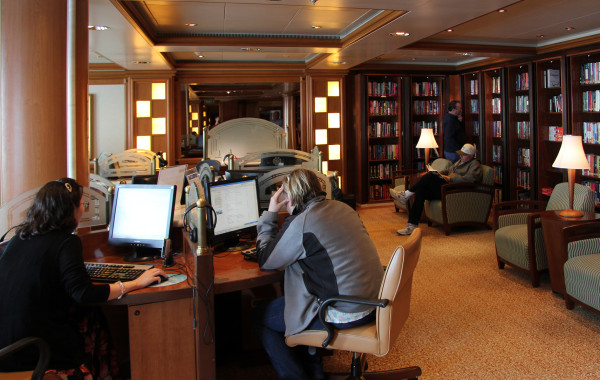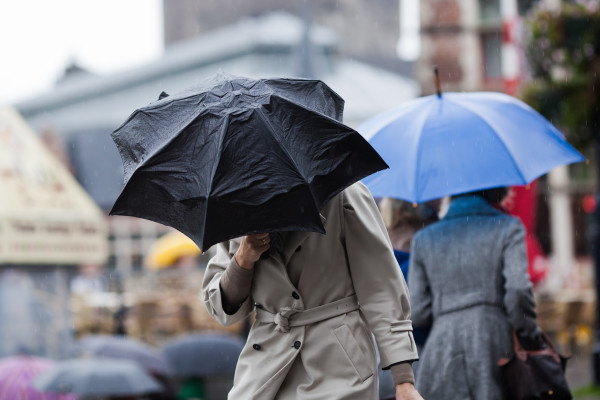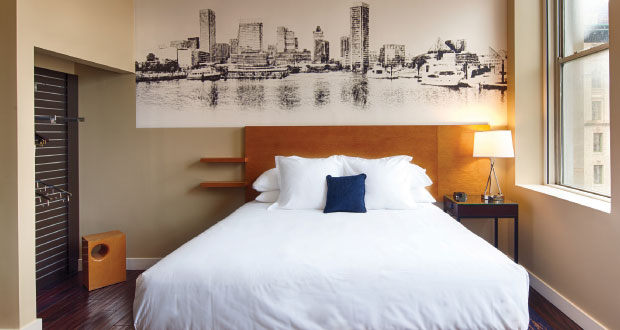Bigger and faster.
That’s how Expedia executives characterized the overall travel industry in 2016 from their vantage point during the company’s annual partner conference.
The company disclosed highlights from the data it collects on travel booking and activities and shared updates on its business following a year when Expedia grew larger than ever, following its acquisition of Orbitz earlier this year and announcement of intention to acquire HomeAway.
Here are three top-level tips Expedia speakers shared during the conference that can benefit hoteliers:
1. Don’t have a mobile strategy yet? Get one.Â
Expedia President and CEO Dara Khosrowshahi reminded attendees how important a hotel’s mobile presence is, not only because that’s where bookings are increasingly moving, but also because guests who spend countless hours connected to their mobile devices are more likely to connect more frequently with their travel providers.
But it’s more than just having a mobile presence, he said. More important is having cross-platform compatibility.
“You have to be able to optimize across devices and build an experience across devices,†he said. “We’ve found that 48% of our customers who make a purchase on Expedia have accessed two or more different devices before that purchase.â€
Cyril Ranque, Expedia’s president of lodging partner services, shared data that while mobile use is increasing among travelers searching for hotels, mobile users search fewer properties before booking than desktop users do.
“This means that the consideration set is smaller on mobile, so you need a clear, strong mobile strategy to make sure your hotel is in the consideration set of the customer,†he said.
For more:Â http://bit.ly/1lIGGH1








